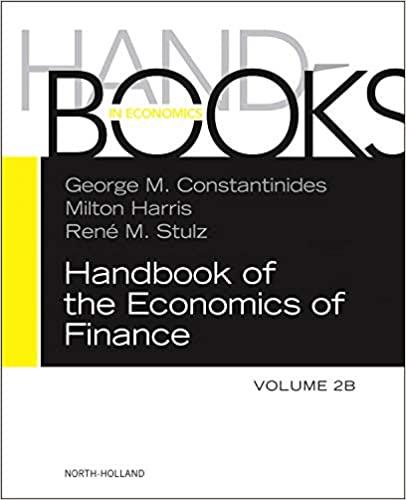Question
This material may consist of step-by-step explanations on how to solve a problem or examples of proper writing, including the use of citations, references, bibliographies,
This material may consist of step-by-step explanations on how to solve a problem or examples of proper writing, including the use of citations, references, bibliographies, and formatting. This material is made available for the sole purpose of studying and learning - misuse is strictly forbidden.
FACTS (1) The call option covers 100 shares (2) The option price is $310.25 (3) Stock price rises to $45 (4) Current stock price is $22.50 (5) You would pay$25 for the stock should you exercise the option SOLUTION Step 1 To calculate the pre-tax profit, you compute the profit you would make per share, and then deduct the amount you paid for the call option. Since you bought the call option when the price was $22.50, and you would pay $25 per share, and the stock price has now risen to $45, your profit per share is: Profit per share = $45 - $25 = $20...
Step by Step Solution
There are 3 Steps involved in it
Step: 1

Get Instant Access to Expert-Tailored Solutions
See step-by-step solutions with expert insights and AI powered tools for academic success
Step: 2

Step: 3

Ace Your Homework with AI
Get the answers you need in no time with our AI-driven, step-by-step assistance
Get Started


